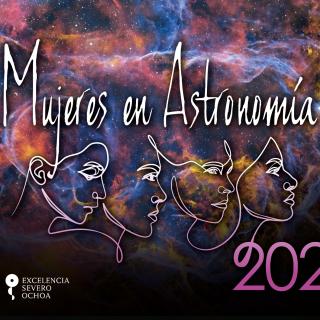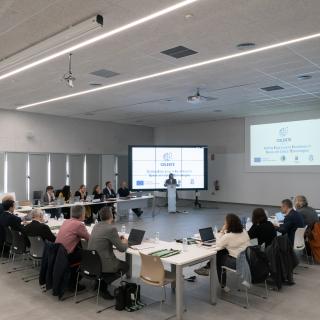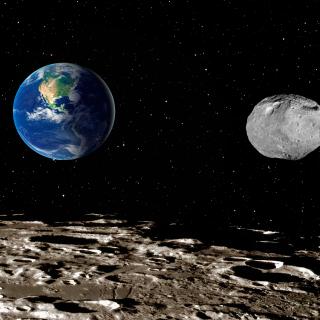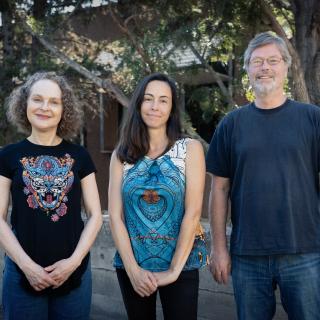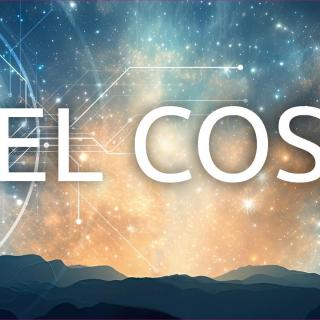
La Fundación CajaCanarias organiza la octava edición de su Foro Enciende el Cosmos, que este año volverá a contar con la participación de destacados científicos e investigadores de reconocido nivel nacional e internacional. Esta iniciativa de carácter divulgativo pretende expandir, desde la exploración científica, la comprensión del Universo en su conjunto, relacionando el pasado con el presente y con una clara búsqueda de respuestas de cara al futuro. El programa se divide en tres sesiones, a celebrar los días 13 de febrero, 20 de marzo y 10 de abril, en el Espacio Cultural CajaCanarias de
Advertised on
